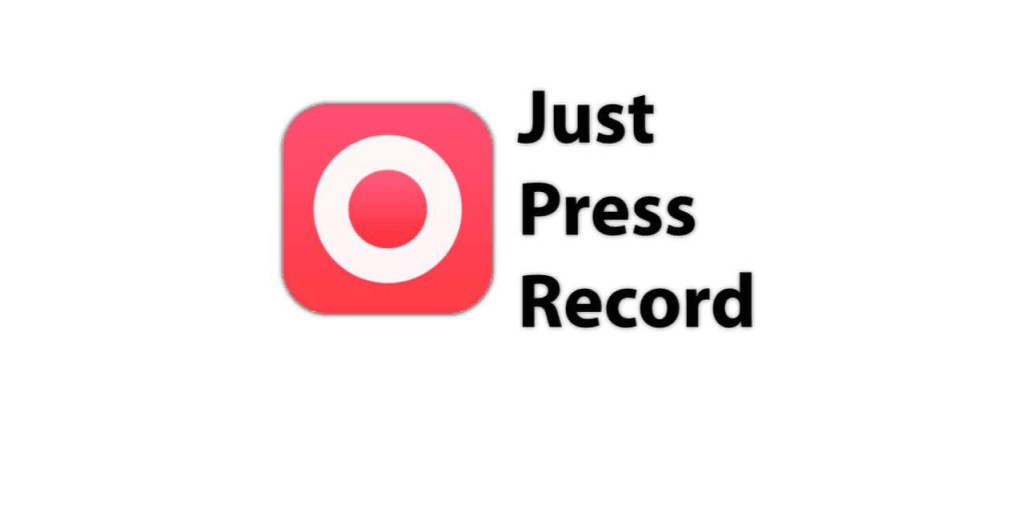

- WHERE ARE THE TRANSCRIPTIONS JUST PRESS RECORD HOW TO
- WHERE ARE THE TRANSCRIPTIONS JUST PRESS RECORD PASSWORD
- WHERE ARE THE TRANSCRIPTIONS JUST PRESS RECORD FREE
If you don’t need a dedicated voice recording app, both Evernote (Free) and OneNote (Free) have voice recording options where you can append a voice recording to any note. If the transcription and search functionality of Just Press Record isn’t interesting to you but you still need something more than Voice Memos, Voice Recorder is a solid in-between that also adds in some excellent organizational tools.
WHERE ARE THE TRANSCRIPTIONS JUST PRESS RECORD PASSWORD
You can also back up recordings to a number of different cloud services or password protect memos. On top of that, it has some solid organisation options, including organising recordings into a traditional folder structure. It offers the basics, including unlimited recording time, basic editing, and the ability to loop audio. Voice Recorder (Free/$2.99) is easily the most popular third-party voice recording option in the App Store and it’s a solid app for anyone looking for a slightly upgraded version of Voice Memos.
WHERE ARE THE TRANSCRIPTIONS JUST PRESS RECORD FREE
If that’s all you need to do, then the free app that’s already on your phone is plenty. With it, you can quickly record memos, trim them down with the lightweight editor, and catalogue them however you see fit. In fact, Voice Memos is great for most people. For example, if you selected a file called Notes08Jul.wav, Dragon would create the text file there are a ton of voice recording app out there, most of them don’t offer much more than Apple’s own Voice Memos (Free) app. You can change this in the Transcription Options popup by clicking the icon.īy default, the files will share the name of the audio file you selected. If you close the transcribed text file without saving it, you do not need to transcribe it again – Dragon automatically saves your files in Documents/Dragon/Transcribed Files. If what you just spoke is misrecognized, then you can say Correct to correct your dictated text. What you can do is say Select, then dictate over it. Dragon doesn't have that data in transcribed files. Correction requires audio to compare against the selected text.
WHERE ARE THE TRANSCRIPTIONS JUST PRESS RECORD HOW TO
See Dictating and typing for information on how to avoid errors caused by mixing dictation and typing. At this point, all we have is text, but if you switch to Dictation mode, you can perform direct dictation, selection, revision and cursor movement within the text. When Dragon transcribes an audio file, we open the results in a new Microsoft Word or TextEdit document.From the Format menu, select a format and then an application to open your transcribed files in. It can automatically open in any application that supports these formats. Selecting format and opening applicationĭragon can save your transcribed files in either Rich Text or Microsoft Word format. You can select a different folder from the Destination popup menu. Selecting where Dragon saves your transcribed filesīy default, Dragon automatically saves your files in Documents/Dragon/Transcribed Files. Transcription OptionsĬlick the icon to access the Transcription Options popup. Dragon will provide a partial transcript of the portion of the file that was processed. If you want to stop the transcription, click the button to the right of the progress bar. Depending on the size of the file, this may take several minutes. Once you have selected a file, Dragon will begin the transcription process. to select it from your folders.ĭragon can transcribe audio files in mp3, mp4, wav, aif, aiff, m4v, and m4a formats. To select an audio file for transcription, drag the file onto the Drop File icon (right), or click Browse Files.Choose the Transcription Source from the list that matches the voice on the recording, or click Manage Profiles & Audio Sources to add a new source.


 0 kommentar(er)
0 kommentar(er)
